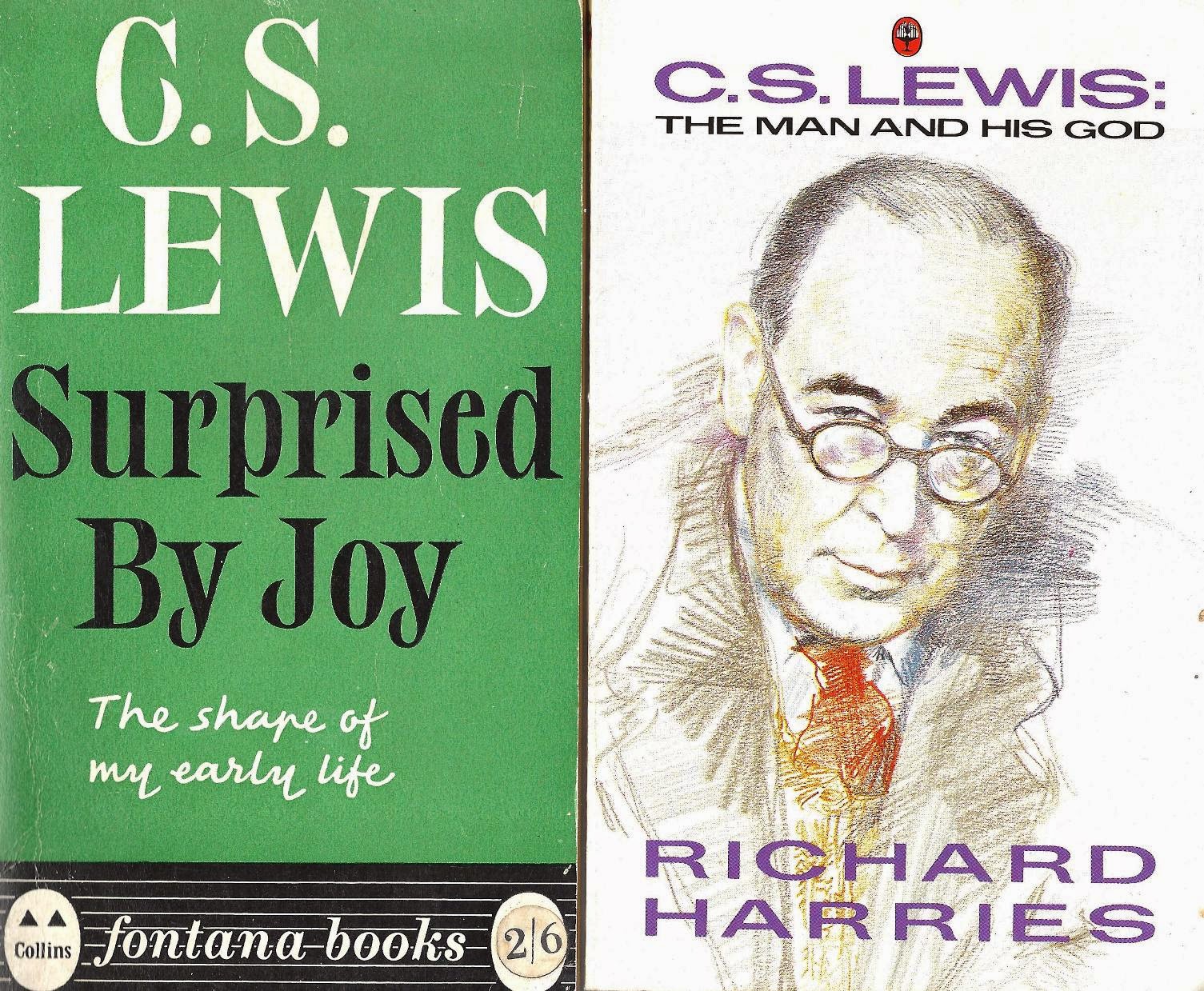 |
| OCSO Missal Feast 13 November |
- Saints of the Benedictine Family
The 2nd Reading of Vigils this morning spoke so clearly
and resounding, it gave us the thought for today’s celebration of the ALL
SAINTS of the Benedictine Family/
Night
Office, Br.. Seamus. COMMENT:
The
Reading for today; I have what I think an answer, ‘Why do you become a monk?’ – this Reading says we are all
contemplatives “At heart”.
So
becoming a monk is not such a big deal after all!
|
All Benedictine Saints
13 November
[Based on Some
Thoughts on Contemplative Life Today,
by Clifford Stevens in Review for Religious, July-August 1991]
The pattern of contemplative life has neither changed, nor will it
change. It is still a life of solitude, of withdrawal from 'the world', of
silence and seclusion. However the image of contemplative life is changing
from an ascetic protest and rejection of 'the world' to the cultivation of
intimacy with God in the sacrament of solitude. It is the personal pursuit of
closeness to God, not from a sense of exclusivity, but from a deep sense of
'commonalty' with the rest of the human family. The contemplative life is
just one way of seeking and finding God, in no way minimizing other pathways
and in no way deprecating the infinite variety of the Christian life and
Christian holiness.
Every person, in the most secret part of his or her being, is
contemplative. Every human being has a passion for God, a hunger for the
known or unknown Divine that bursts into flame when, at certain moments, a
glimpse is caught of the magnitude of God. To speak of the contemplative life
is to speak of a kind of life that all people hanker after in the deepest
part of their being; the formal contemplative life is simply an extension of
this basic human hunger, a hunger for God that is perhaps the very blueprint
of our existence.
In the depth of our being, then, we are all solitaries, and each one
of us has a primitive face we show to God alone, a part of ourselves we can
reveal to no one else, however intimate our relationship or profound our
affection. We show to others only a small part of our total personality
while, at the core of our being, we are all God-centred.
The contemplative life begins in astonishment at the overpowering
reality of God's love, the magnitude of His plans for every human being. It
is this fascination with God that draws a person into solitude, for only the
freedom of solitude is adequate to contain that fascination and the probing
of that astonishment. The contemplative has, in very truth, been astounded
and struck with the wonder of God in a way that is beyond explaining. And it
is this wonder and astonishment that draw him or her into solitude where the
wonder can be nurtured and the astonishment explored and probed with all the
energy of heart and mind. This, indeed, becomes the lifetime occupation of
the contemplative, with the secluded life itself simply the setting and
necessary environment for it.
Contemplatives are driven into solitude as lovers are drawn together,
and for the same reason: to cultivate an intimacy beyond their power to put
into words, but which embodies everything they have ever desired and is
expressive of the deepest and most intimate longing of their being. The
contemplative life reaches out to intimacy with God just as human lovers
reach out to intimacy with each other, for the sheer joy of that intimacy and
for the love that binds two together in an inseparable and deliberately
chosen companionship.
And do You, Lord, have mercy on us.
|








